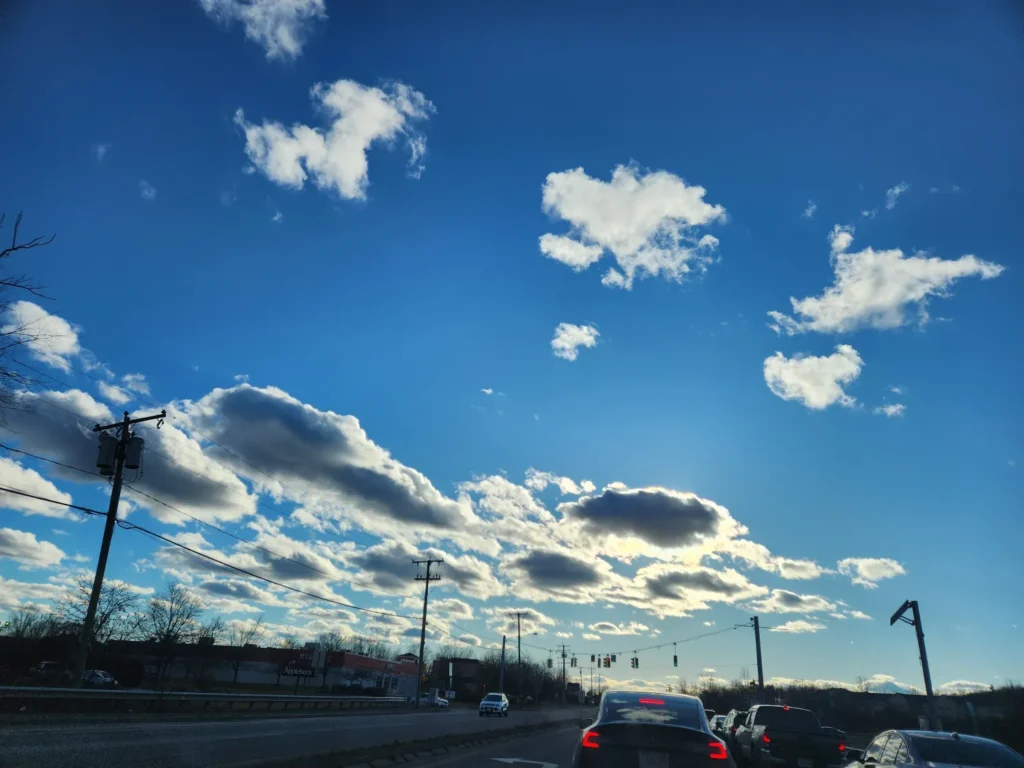Opinion: Amherst vs. Northampton: A Tale of Two College Towns

Photo: Rizwana Khan
Social Injustice Goes Global

If Western Massachusetts were a family, Amherst and Northampton would be the two siblings everyone keeps comparing—but pretending they’re not. They grew up in the same house of Five College culture, but somehow one learned how to manage its room, and the other keeps tripping over its own laundry piles.
Northampton: The Sibling With a System
Northampton doesn’t pretend to be perfect, but it does have one undeniable advantage: it knows who it is and how it runs. Mayor-led government. Clear lines of accountability. Budgets that feel like they came from adults. Boards that know their purpose. Public meetings that, somehow, don’t devolve into six hours of procedural chaos and emotional exorcisms.
It’s not that Northampton magically has better residents. It’s that the structure absorbs the heat so humans don’t have to. Decisions move. Long-term plans stick and when mistakes happen (they do), there’s an actual mechanism to fix them.
In Northampton, civic conflict is normal; civic dysfunction is optional.
Amherst: The Overachiever Who Never Learned Boundaries
Amherst, meanwhile, is that gifted kid who got into all the AP classes but never figured out sleep hygiene.
The town is full of brilliant people—faculty, activists, artists, researchers, student organizers. But brilliance without structure eventually collapses under its own weight.
Amherst doesn’t just have engagement but hyper-engagement where 25 people write doctoral-level essays about a crosswalk. Every issue becomes existential because there’s no clear process to contain the fire. Our Town Council model was meant to streamline things, but instead Amherst feels like it’s always running a group project with 17 leaders and 0 editors.
Northampton built channels while Amherst built overflow.
College-Town Pressure With No Pressure Valve
Both towns have students but Amherst has:
- three campuses packed into one small footprint,
- massive housing pressure,
- absentee landlords,
- noise spillover,
- and thousands of 18–22-year-olds living their first taste of freedom.
Northampton has students; Amherst lives inside a perpetual orientation week.
Most towns respond to pressure with flexible planning tools, consistent enforcement, and predictable governance. Amherst responds with:
- new committees to study old committees,
- meeting norms that shift depending on who is in the room,
- and passionate arguments about the meaning of “process.”
It’s civics by vibes—powerful, earnest, but exhausting.
Norms That Don’t Match the Reality
Amherst uses small-town norms to manage a mini-city reality. The culture says, “We’re a cozy New England town.”
The actual operating environment says, “You’re managing a university metro zone with 40,000 transient residents.”
This mismatch creates:
- inconsistent expectations,
- whiplash in decision-making,
- burnout for anyone who tries to help for more than six months,
- and public debates fueled less by content and more by an anxiety that no one is in charge of the ship.
No Systematic Strategy
Northampton works not because everyone agrees, but because the system doesn’t require agreement for progress.
Amherst’s system, by contrast, makes every disagreement structural that oscillates between two modes:
- Paralysis (“Let’s study this for another year.”)
- Overreaction (“Let’s rush this through because we’re overwhelmed.”)
With no long-term operating vision, Amherst experiences governance as a series of emotional spikes rather than a sustained direction.
Northampton feels like a town that learned how to carry its own weight.
Amherst still negotiating who should carry the backpack and whether the backpack represents colonization, climate justice, or student rights, depending on the meeting.
Both towns are beloved but one has a map. The other keeps asking who took the map, who drafted the map, who has opinions about the map’s tone, and whether the map should be referred back to committee.
You can share your feedback at any time through the online portal:
2024 Charter Review Committee Feedback Form (available in the Town’s Form Center)
And please stay tuned for upcoming public conversations, listening sessions, and opportunities to help us clarify the charter, resolve ambiguities, and build a more stable, reliable government structure for the whole community.
For updates, visit:
www.AmherstMA.gov/CharterReview
Charter Review Committee Members
- Andy Churchill
- Meg Gage
- Julian Hynes
- Bernie Kubiak
- Ken LeBlond
- Erika Mijlin
- Dan Muscat
- Raphael Rogers
- Marcus Smith
